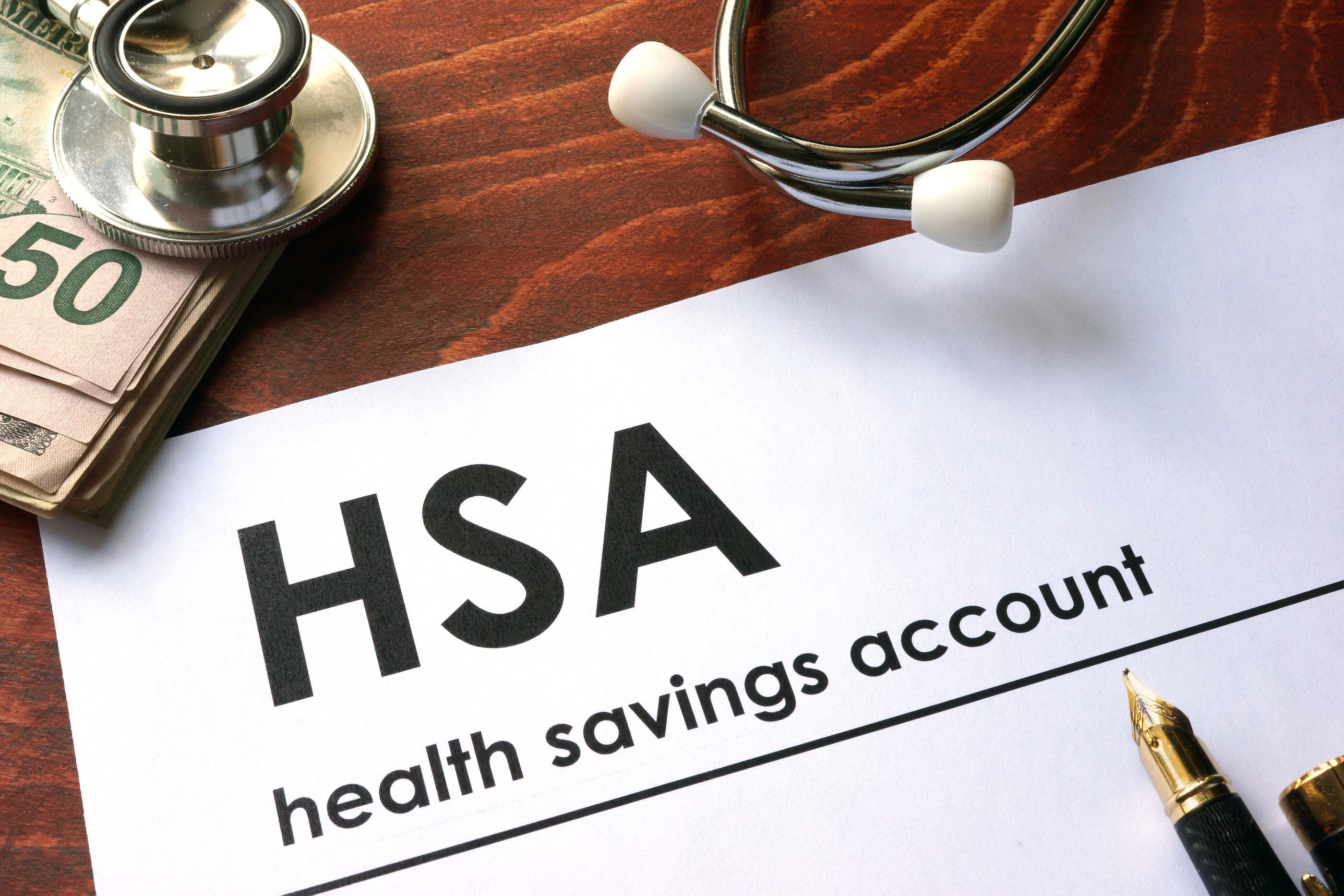HSA Headlines: What does HDHP growth mean for your healthcare spending?

Whether you enrolled in your health insurance through your job or public health exchanges, chances are you've begun to hear more about high-deductible health plans (HDHPs). These plans, which are necessary to open a health savings account (HSA), require the user to hit their deductibles before insurance takes over most payments.
In this week's HSA Headlines, we're examining the growth of HDHPs and what that could mean for your healthcare going forward.
Number of consumers enrolled in health savings accounts, high deductible plans, jumps 8% - Susan Morse, Healthcare Finance News
HDHPs are having their moment, and a surge in HSA interest is partly driving this wave of adoption. A new study from America's Health Insurance Plans has found that the number of consumers who chose HDHPs and HSAs increased by 8% between 2016 and 2017.
As of January 2017, 52 providers reported 21.8 million HSA and HDHP enrollees, which represents an 8% increase from 2016. It should be noted that, while HSA funds can be used for the deductible on these plans, this is a more plausible option for long-time HSA users who have funded their accounts for years.
For those who are just getting underway with an HDHP, funding and reaping the benefits of an HSA may require a significant financial commitment to get started.
As high deductible plan popularity rise, so do premiums - Cort Olsen, Employee Benefit News
So what effect do these newly-popular plans have on the American healthcare system at large? According to Employee Benefit News, many employers are filling the deductible gap with more voluntary benefits (wellness programs, tuition reimbursement, gym membership subsidies, etc.), but that is largely left up to employers to decide.
What's surprising is that the amount you pay into your deductible may be contingent on what part of the country you live in. According to a Benefitfocus survey (Note: Payment required to access report), southern states are suffering from the highest out-of-pocket costs for health plans - across the board.
The study found that on average, workers in southern states have HDHP deductibles that are 6-17% higher than the rest of the country, while PPO plans have deductibles that are 22-37% higher than other parts of the U.S.. Part of this is due to a lack of HMO options, but also can be the result of pricing differences for specific medical procedures. On the other side of the coin, the western and midwestern parts of the country enjoy lower PPO pricing rates, with the west leading the country in HSA contributions.
Check back next week for more HSA Headlines as we cover every aspect of health savings and consumer-driven healthcare. For the latest info about your health and financial wellness, be sure to check out our HSA Learning Center, and follow is on Facebook and Twitter.

